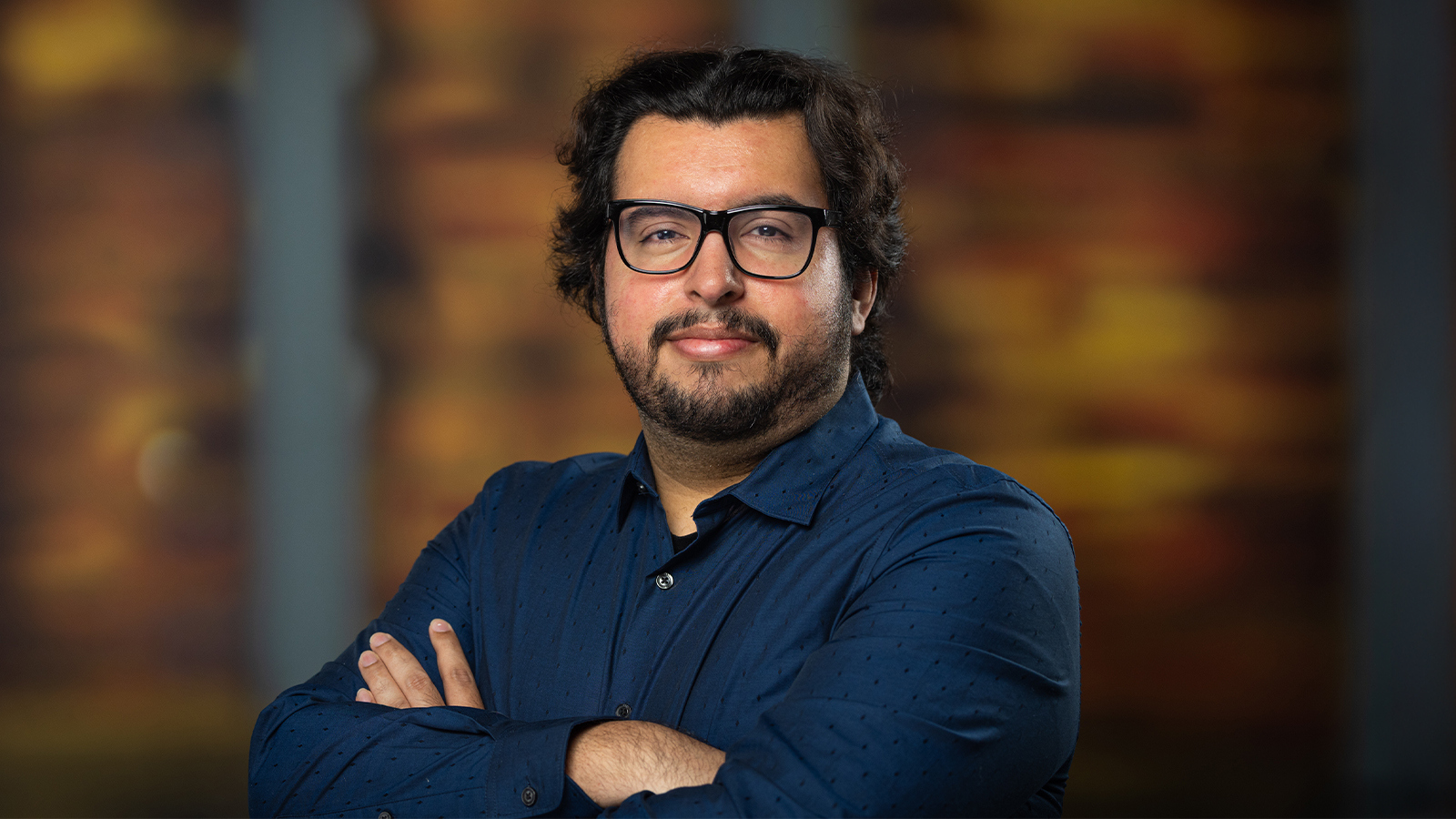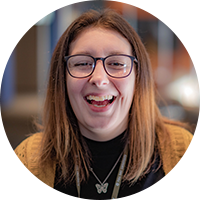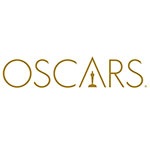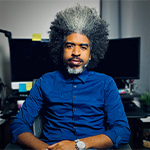Full Sail Stories
Published Aug 14, 2025
Faculty Spotlight: Jovanny Zapata (Computer Animation)
Jovanny brings years of experience in modeling and character art at AAA game studios to his Project & Portfolio IV students.

For Jovanny Zapata, teaching Project & Portfolio IV in Full Sail’s Computer Animation bachelor’s program is about helping students bridge the gap between artistic vision and industry-ready execution. A professional character artist with experience in AAA game development – including work on Madden NFL at EA – Jovanny brings a production-focused perspective to the classroom.
In his course, students dive deep into digital character modeling with an emphasis on sculpting in ZBrush, while also learning how to create clean, optimized assets that can move effectively through the 3D pipeline. With guidance from Jovanny, students strengthen their technical and artistic skills while gaining insight into the collaborative mindset needed for real-world production in games, film, television, and beyond.
What is one of the most important technical skills that students learn in Project & Portfolio IV?
Students continue to develop their [digital] sculpting skills, but just as importantly, they gain a deeper understanding of edgeflow and topology. These are critical elements that determine whether a model can actually be used by rigging, animation, or [other production] teams downstream.
When have you used topology in your professional work?
Proper topology is essential in both film and game production. I used it on every project I worked on. In fact, there were times I was handed more work close to the deadline because I could produce clean, usable topology quickly. Understanding that part of the pipeline opened doors for me and gave me an edge on the job.
Is there a soft skill that’s important for Computer Animation students to learn in your class?
One of the most important soft skills I try to [help my students] develop is how to give and receive feedback. I provide critiques both in video and in-person formats, and I try to model how a professional interaction should feel. Good communication and the ability to accept critiques gracefully are crucial in this industry. The more skilled you are at working with others, the more likely you are to keep getting hired.
What’s the most memorable project you’ve worked on in your career to date?
Working on the game Remnant: From the Ashes stands out. It was my first professional job, and I was onboarded by Omnom Workshop to contribute to that project. I learned so much from my coworkers during that time, and it was also one of the most comfortable team environments I’ve ever experienced.
Is there a time in your career that you’re particularly proud of?
I’m proud of my time at EA. I met incredibly talented people and picked up new skills, especially in working with photoscanned assets and the software used to create 3D models from images and scans. Up to that point, I’d only worked with finished scan models, so getting to be part of the full creation process was a valuable step in my growth.
What’s a unique strategy that you use when teaching?
I work closely with each student to help them choose a model that they’re excited about, but that’s also realistic to complete within the class. Once we’ve settled on a concept, I walk through different modeling approaches and let them pick the method they feel most comfortable with. I think giving them that freedom keeps them engaged and invested in the final result.
How do you create a sense of connection for your online students?
We do our best to stay in close contact. If students show up to Zoom sessions, we make space for that interaction, but we also stay active on communication platforms. I try to be as available and responsive as I can so students feel supported, even from a distance.
What’s the most important thing you want students to take away from their time with you?
I try to remind them why they’re here – because they had a dream or goal they wanted to pursue. This industry is challenging, and progress can be slow. But if they can find real enjoyment in the work, that passion becomes fuel they can rely on. That’s what I want them to hold onto.



